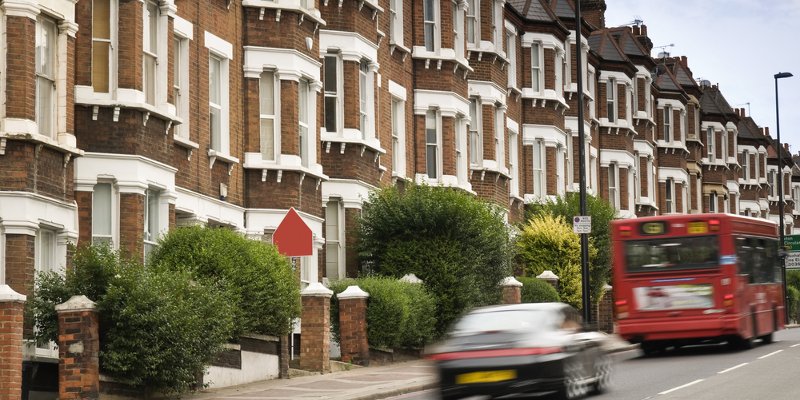Annual house price growth fell to its slowest pace for five years in June, softening to 2%, only modestly below the 2.4% last month, Nationwide’s House Price Index has found.

Annual house price growth fell to its slowest pace for five years in June, softening to 2%, only modestly below the 2.4% last month, Nationwide’s House Price Index has found.
Most regions saw a slowing in the annual rate of house price growth in the second quarter and the only region to see a notable pickup was Scotland, where price growth accelerated to 3.1%.
Once again, London was the only region to see a decline, having seen modest year-on-year price falls in each of the last four quarters. Prices in the capital were down 1.9% year-on-year in Q2.
Robert Gardner, Nationwide's chief economist, said: “Indeed, annual house price growth has been confined to a fairly narrow range of c2-3% over the past 12 months, suggesting little change in the balance between demand and supply in the market over that period.
“There are few signs of an imminent change. Surveyors continue to report subdued levels of new buyer enquiries, while the supply of properties on the market remains more of a trickle than a torrent.
“Looking further ahead, much will depend on how broader economic conditions evolve, especially in the labour market, but also with respect to interest rates.
“Subdued economic activity and ongoing pressure on household budgets is likely to continue to exert a modest drag on housing market activity and house price growth this year, though borrowing costs are likely to remain low.
“Overall, we continue to expect house prices to rise by around 1% over the course of 2018.”
Despite the recent underperformance in London, prices in the capital are still more than 50% above their 2007 peak, while prices in the UK overall are only 15% higher.
The East Midlands was the strongest performing region in the UK, with prices up 4.4% year-on-year, closely followed by the West Midlands at 4.3%. Wales saw a softening in price growth to 4% from 6.1% in Q1, though it was the best performing home nation.
Northern Ireland saw annual price growth of 2.1%, similar to the UK average, after posting an unusually strong growth rate in the first quarter (7.9%), while England saw the weakest growth, with prices up 1.3% year-on-year.
Overall, England saw a 0.4% quarter-on-quarter fall in Q2, although average prices were still up 1.3% compared with a year ago.
Jeremy Leaf, north London estate agent and a former RICS residential chairman, said:“On the one hand, the squeeze on incomes and unrealistic asking prices is reducing activity and confidence to move, particularly in price-sensitive areas such as London.
“On the other hand, the market continues to be supported by low interest rates and overall supply shortages, although we have found recently that listings and viewings are on the rise. This will translate into more sales if buyers and sellers recognise the new market realities.”
For the fifth successive quarter, price growth in Northern England exceeded that in Southern England, though most areas saw a slowing in annual price growth. Northern England saw a 3.3% year-on-year increase, while in the South prices were up just 0.5%.
However, looking at house price developments over the longer term, the North-South divide is still very much in evidence. In Southern regions of England, house prices are now well above 2007 levels. Meanwhile, in some Northern areas prices remain close to or even below 2007 levels.
Kevin Roberts, director, Legal & General Mortgage Club, said: “Although it’s welcome news that house prices are rising at a steadier pace, saving for a deposit remains the largest barrier to homeownership, particularly for those in London.
“Potential buyers are finding they need that extra helping hand to get on the ladder, often from the Bank of Mum and Dad.
“However, this isn’t sustainable. Whilst there are schemes in place, with Help to Buy contributing to eight in 10 first-time buyer transactions, these alone are not enough.
“Lack of stock is making the task of finding suitable property a huge challenge, and we need to ramp up pressure on house buildingto enable those who want to, to get on the property ladder.”



